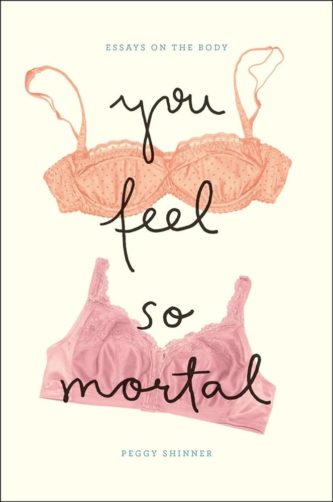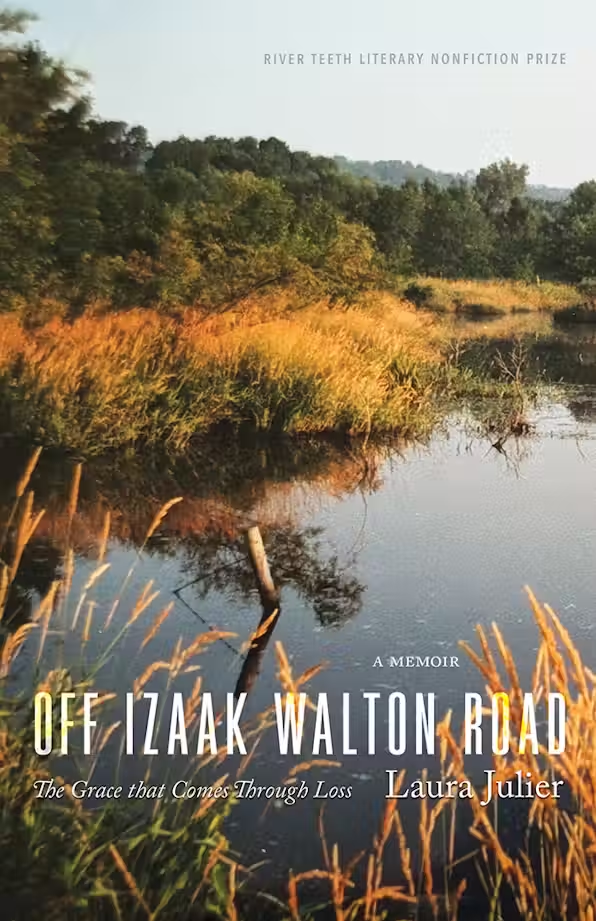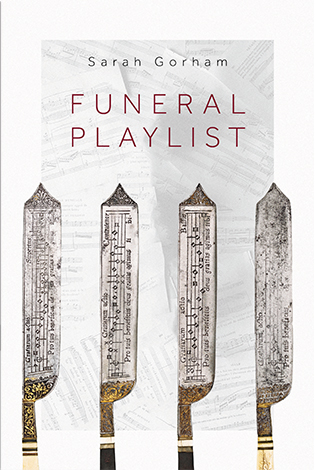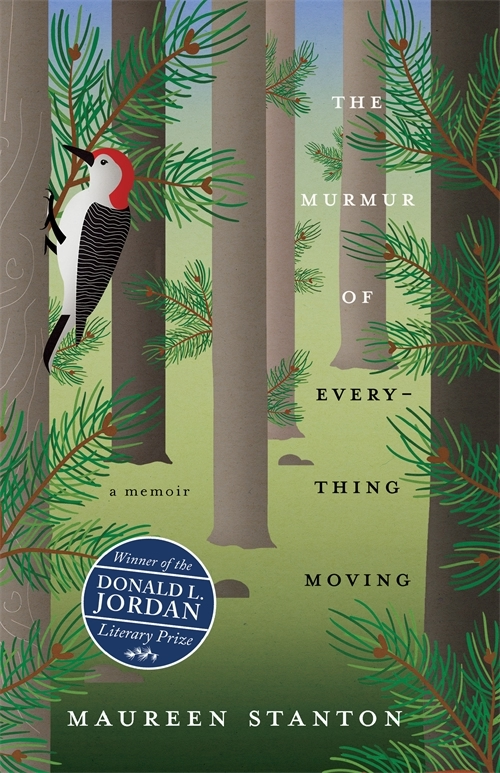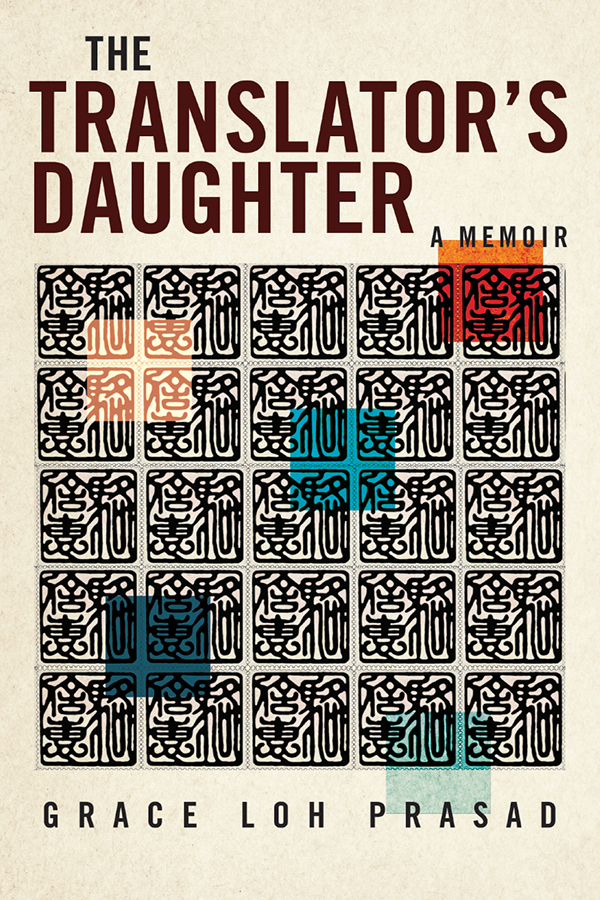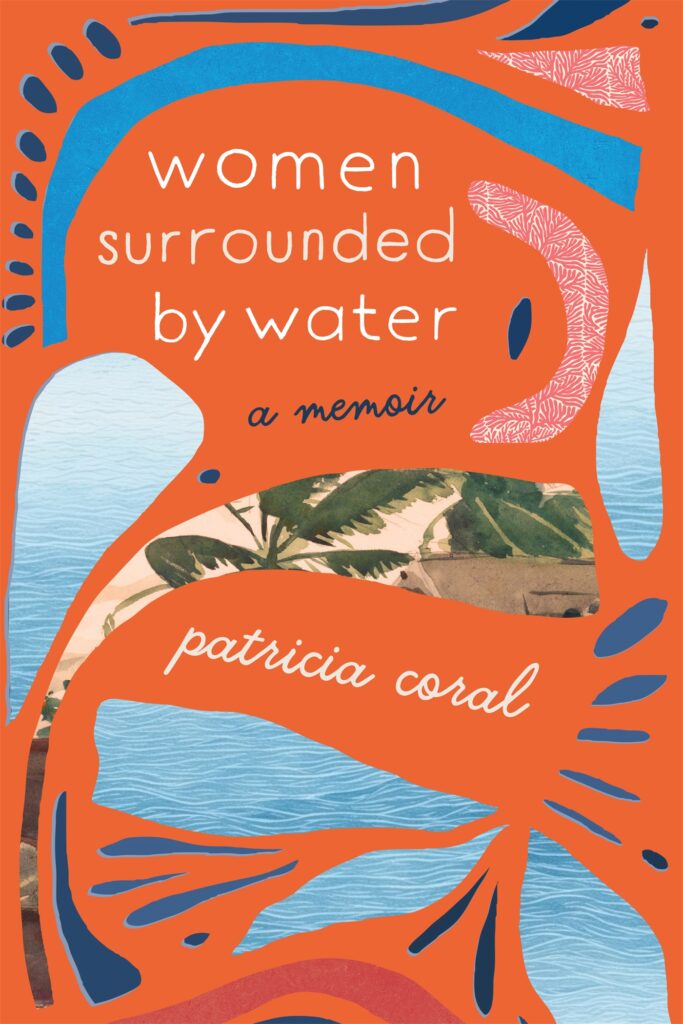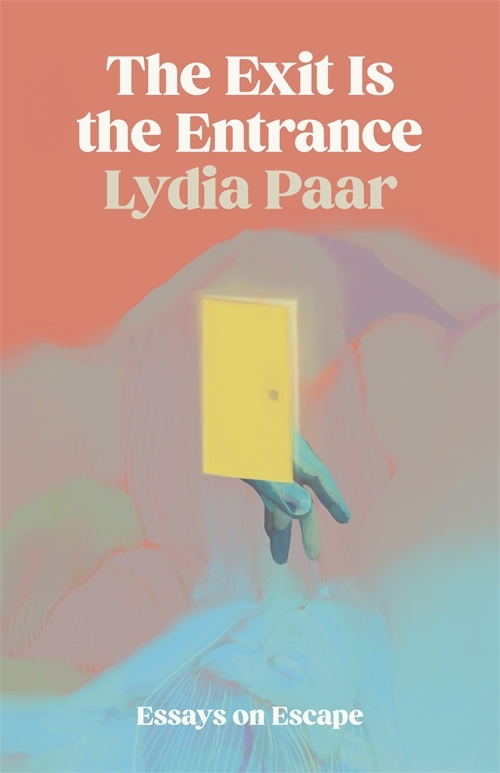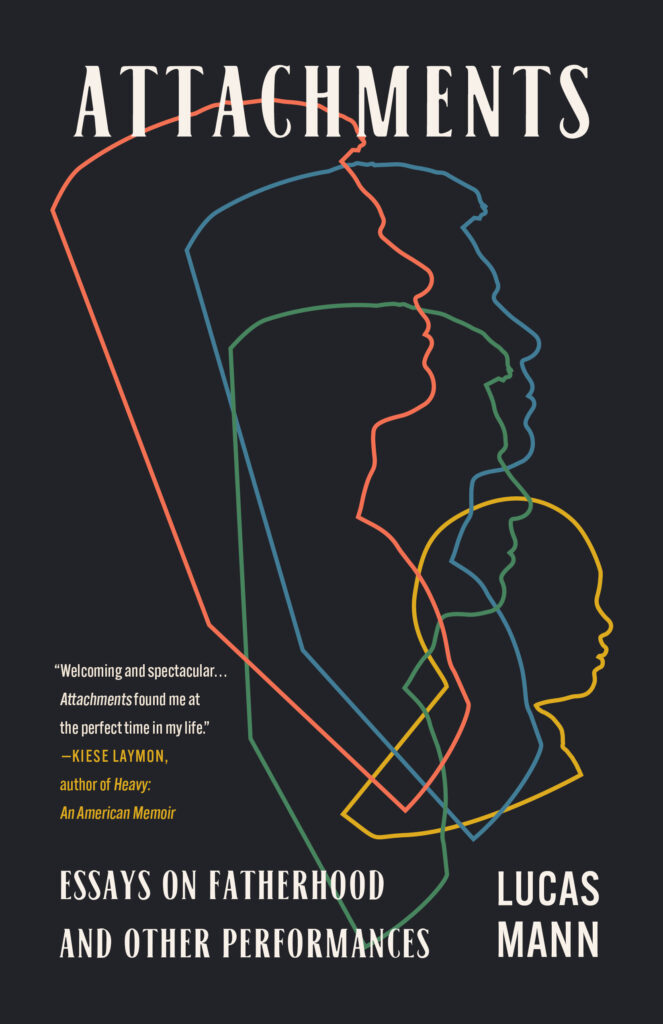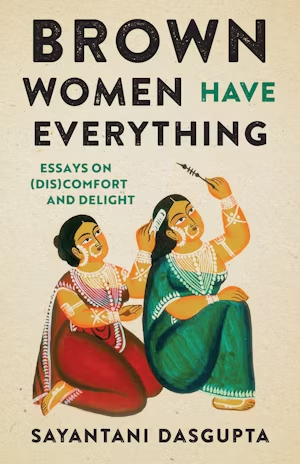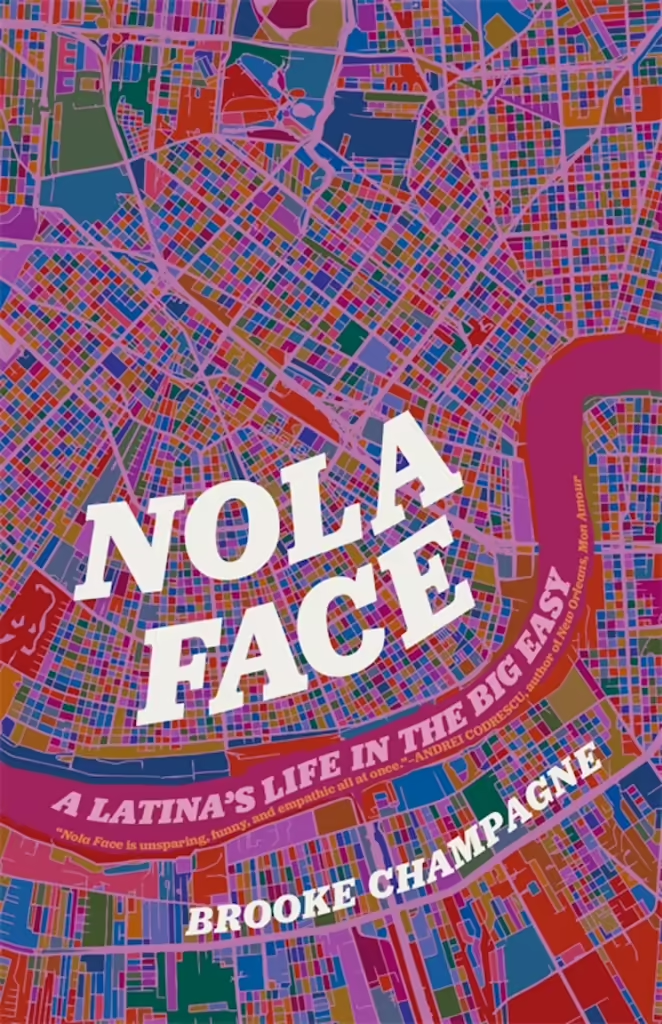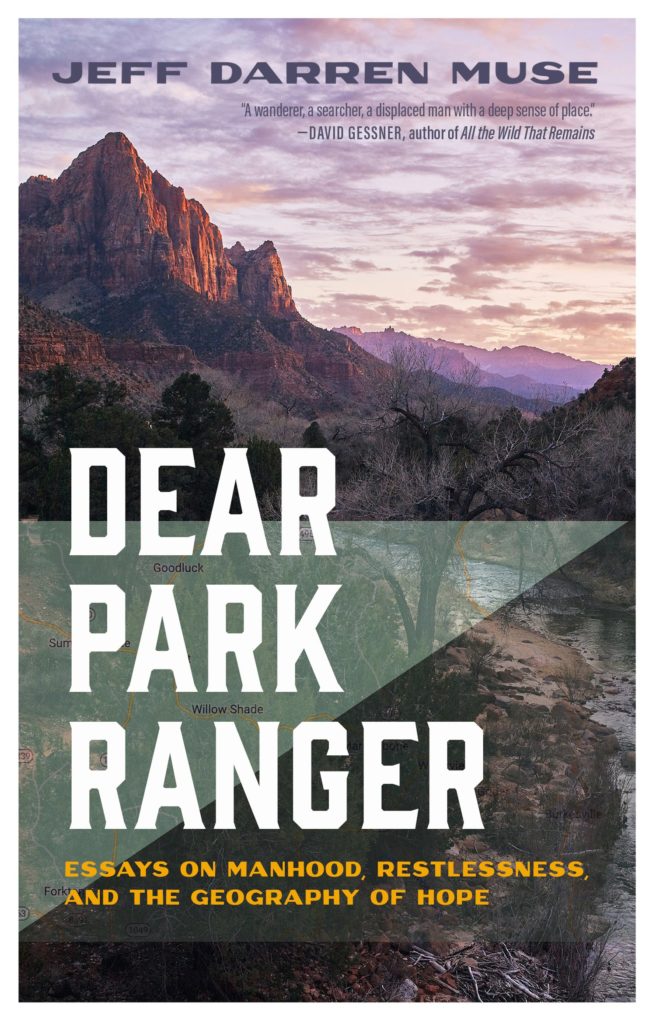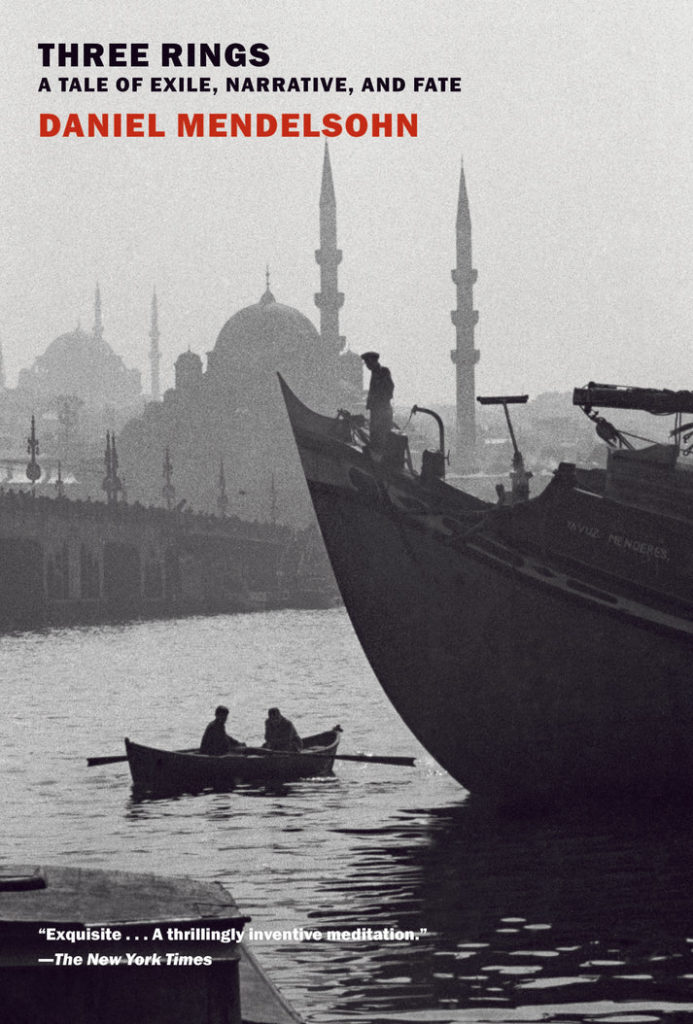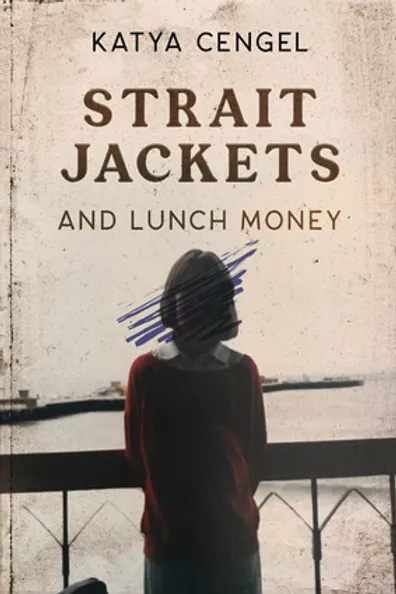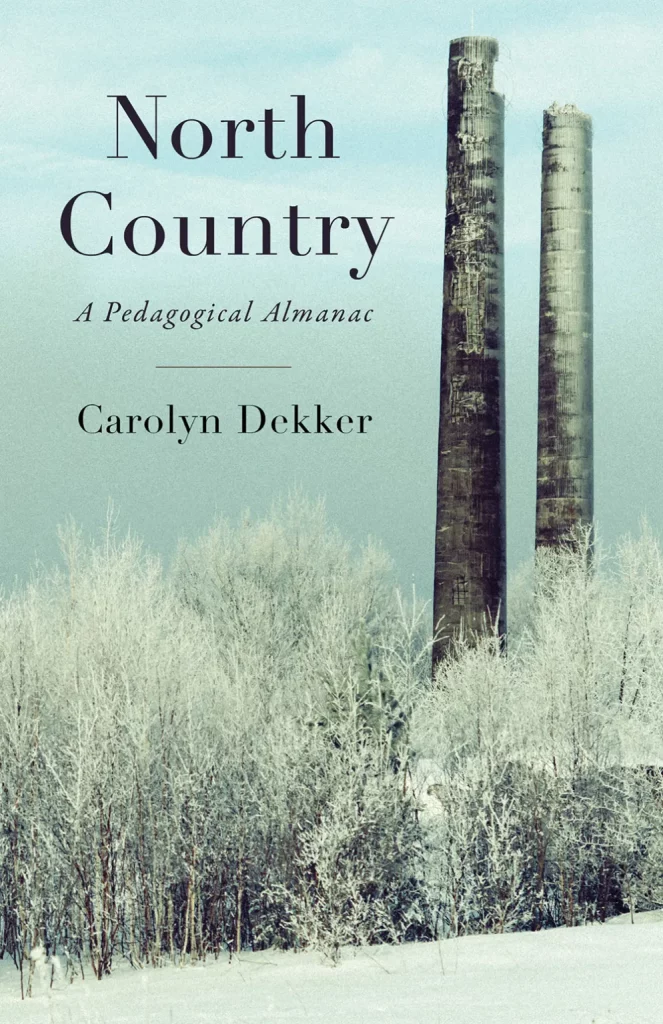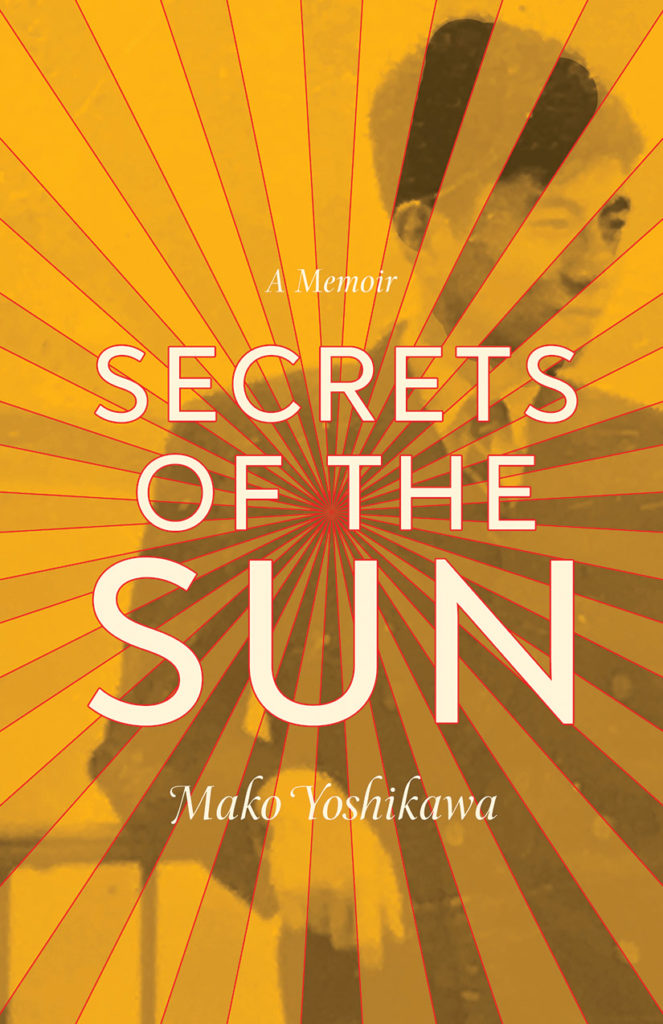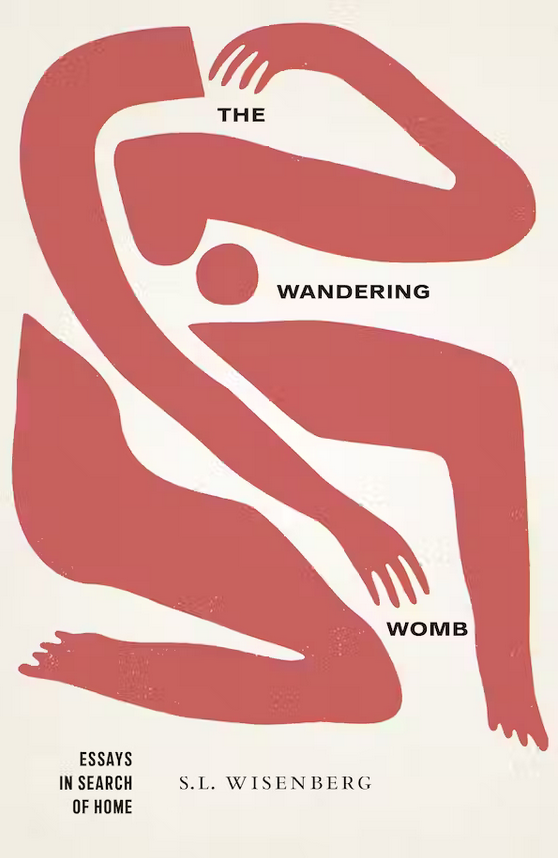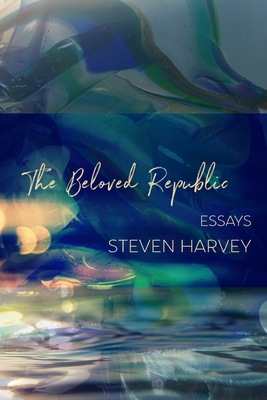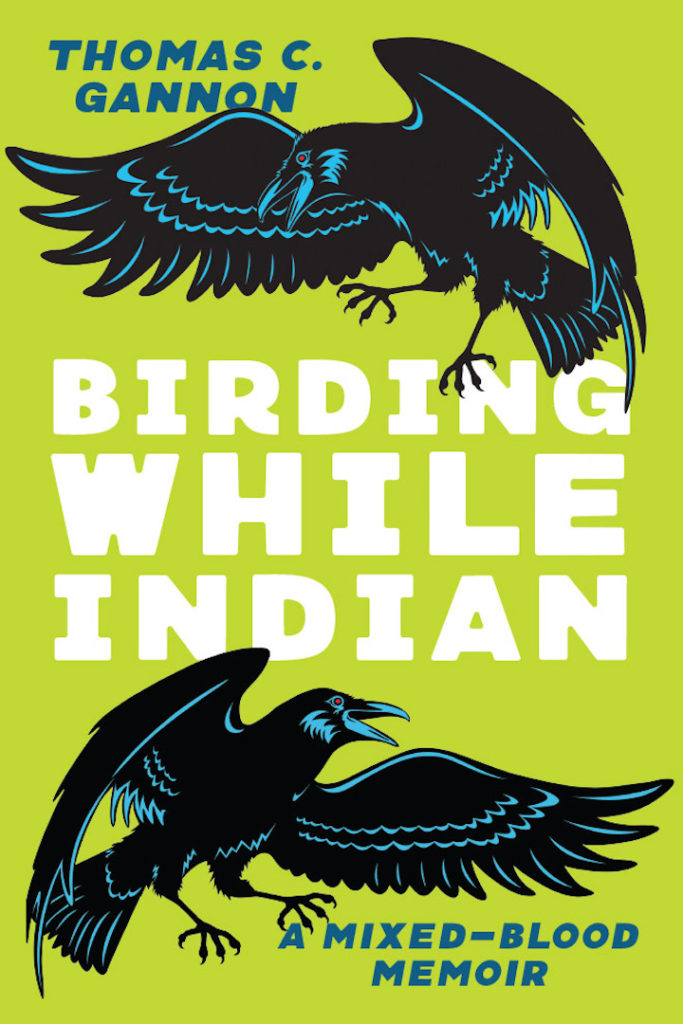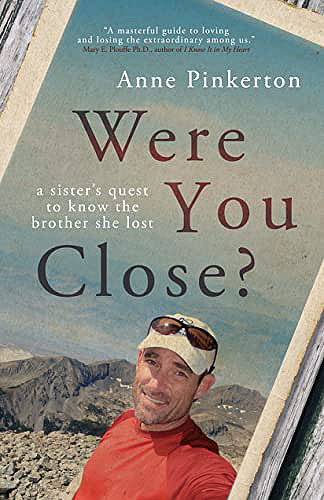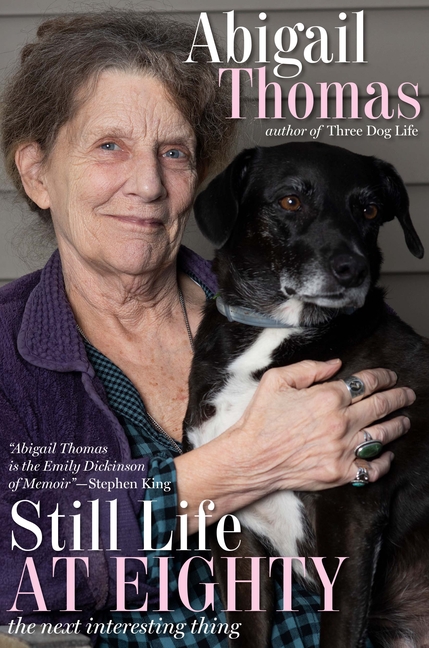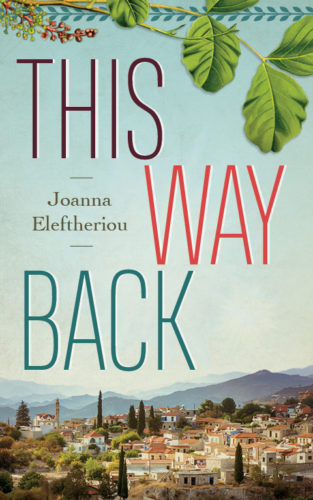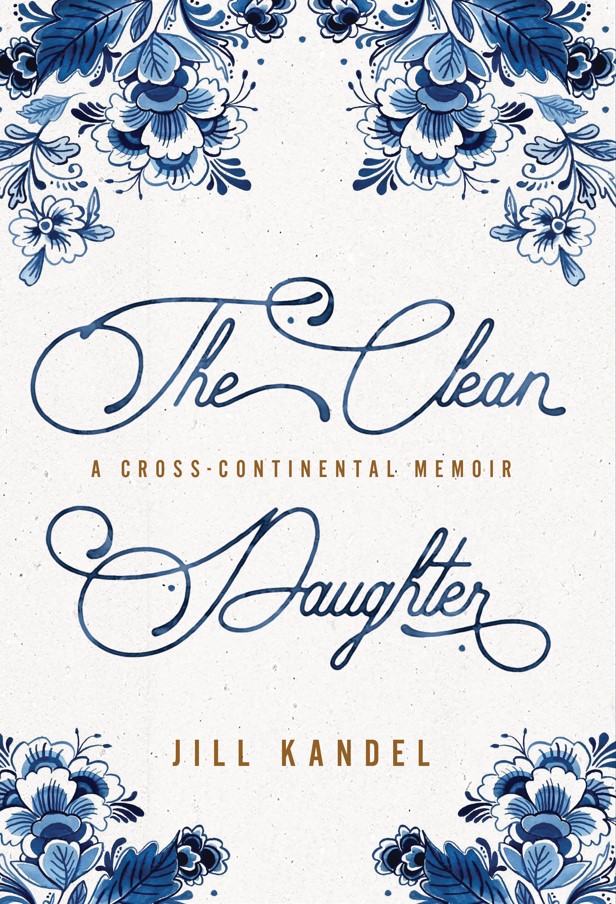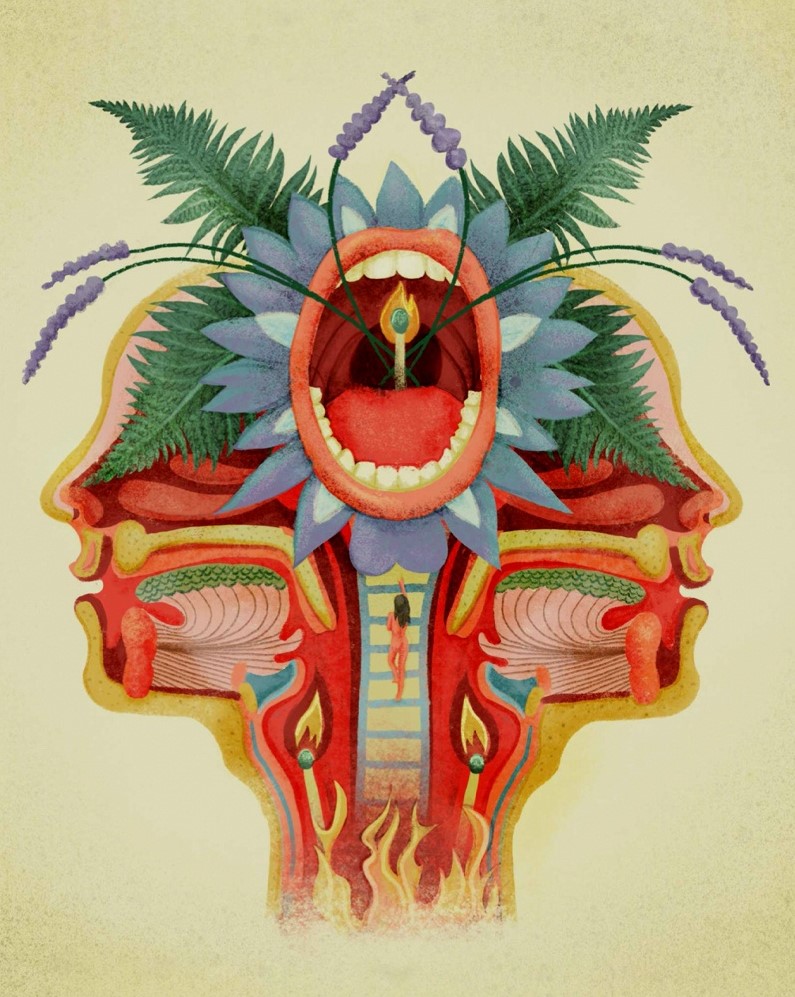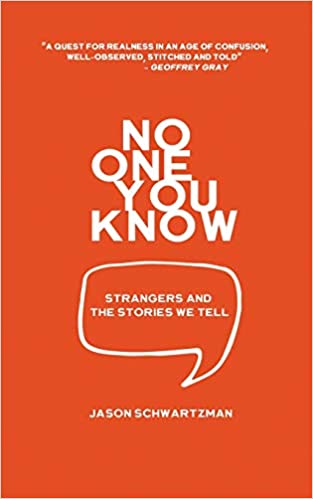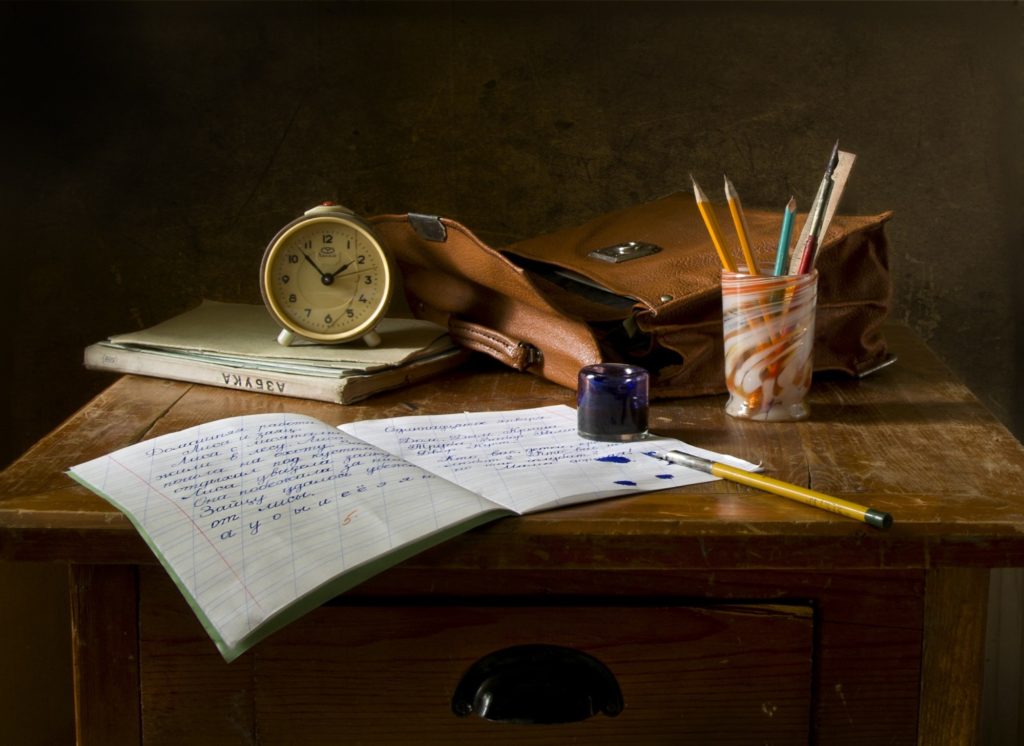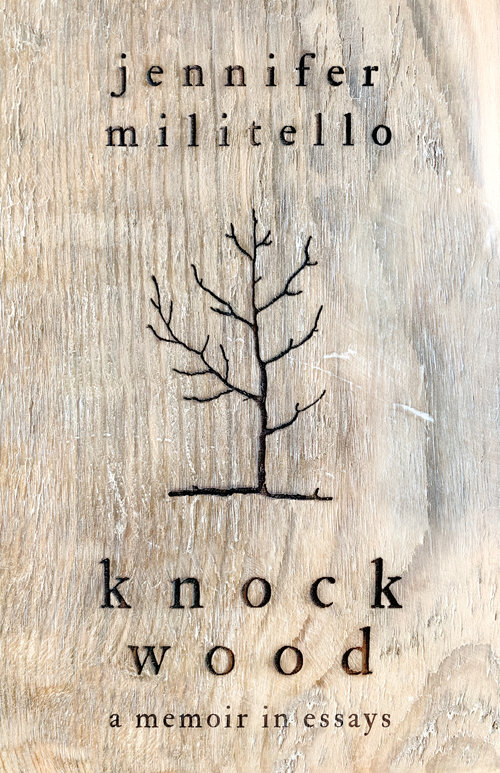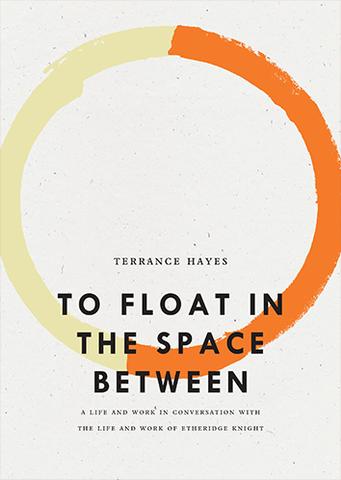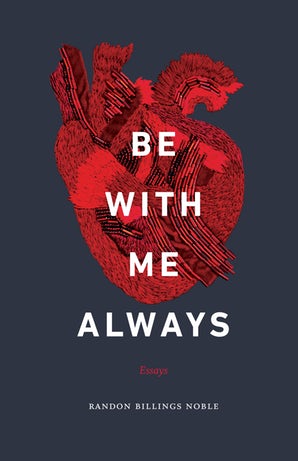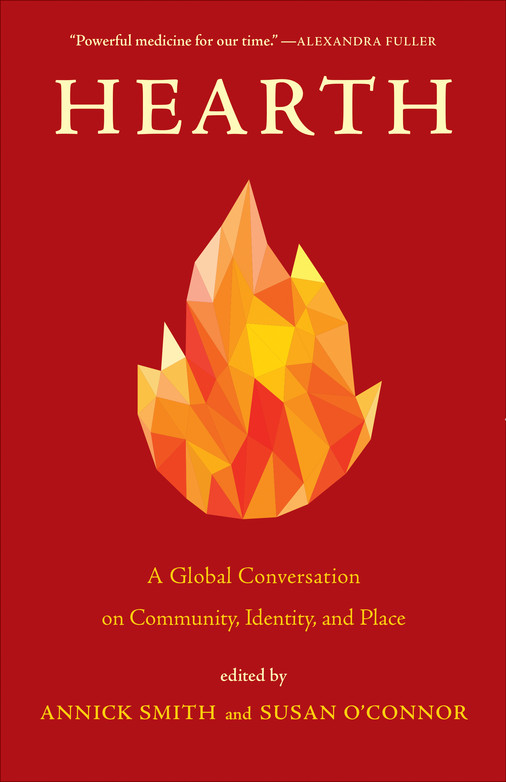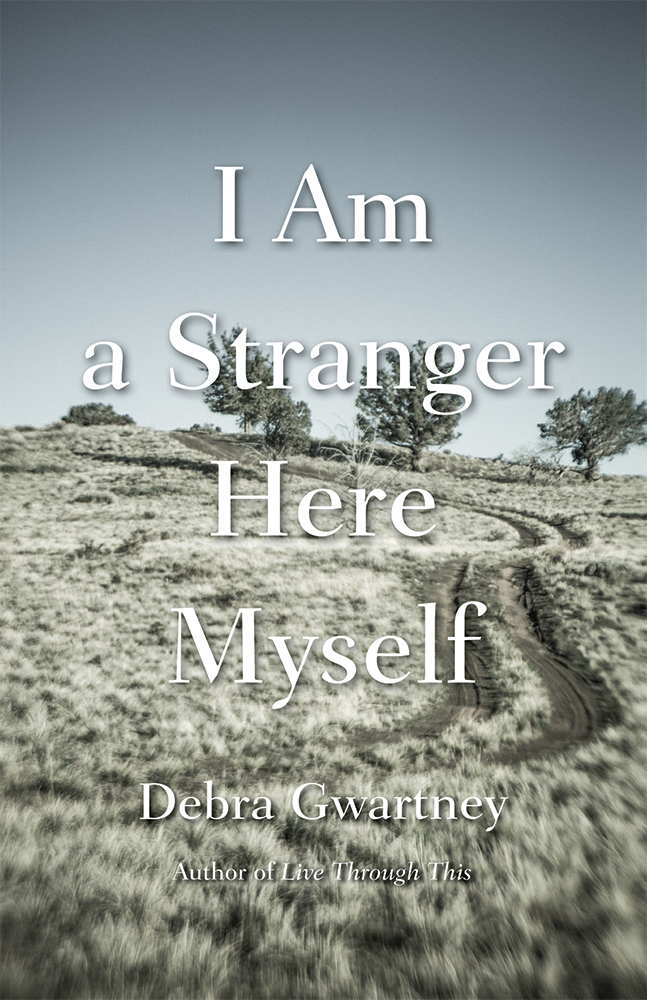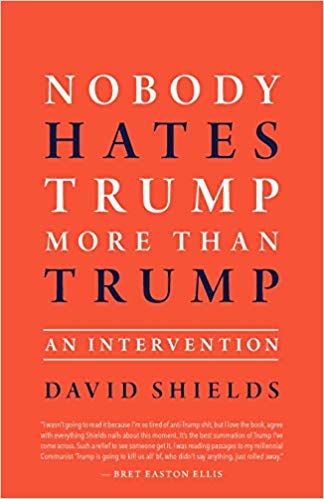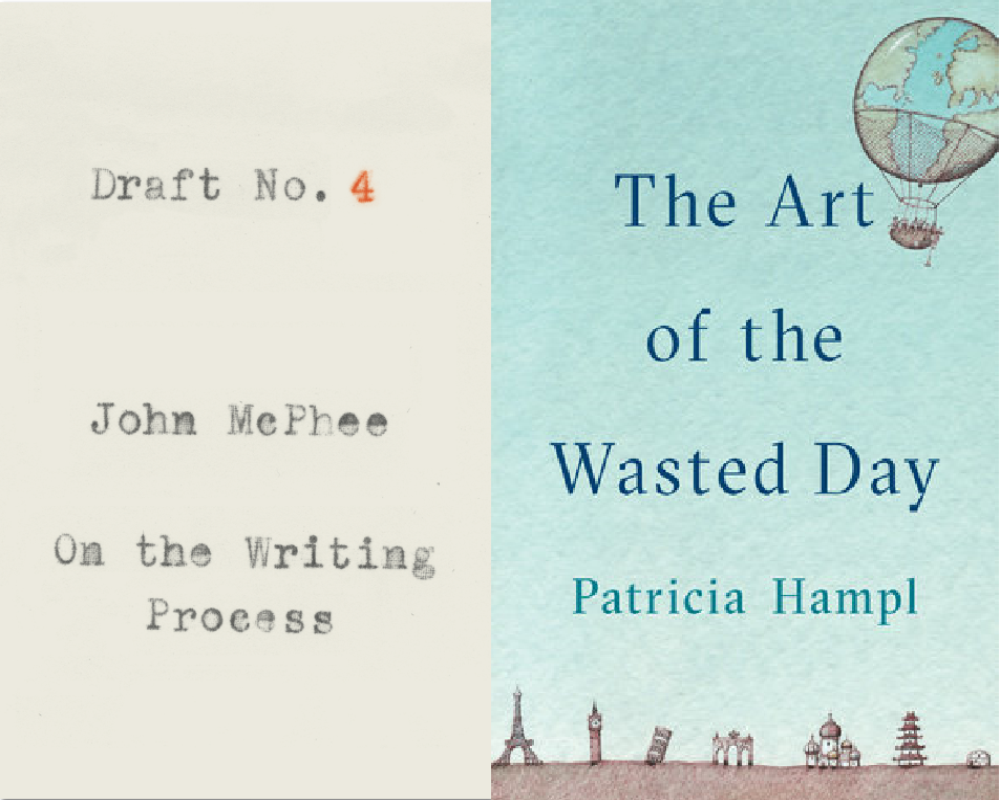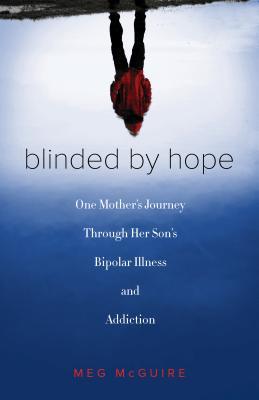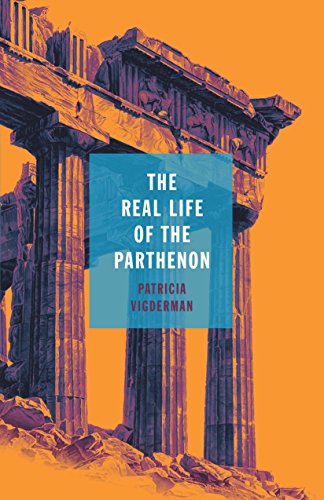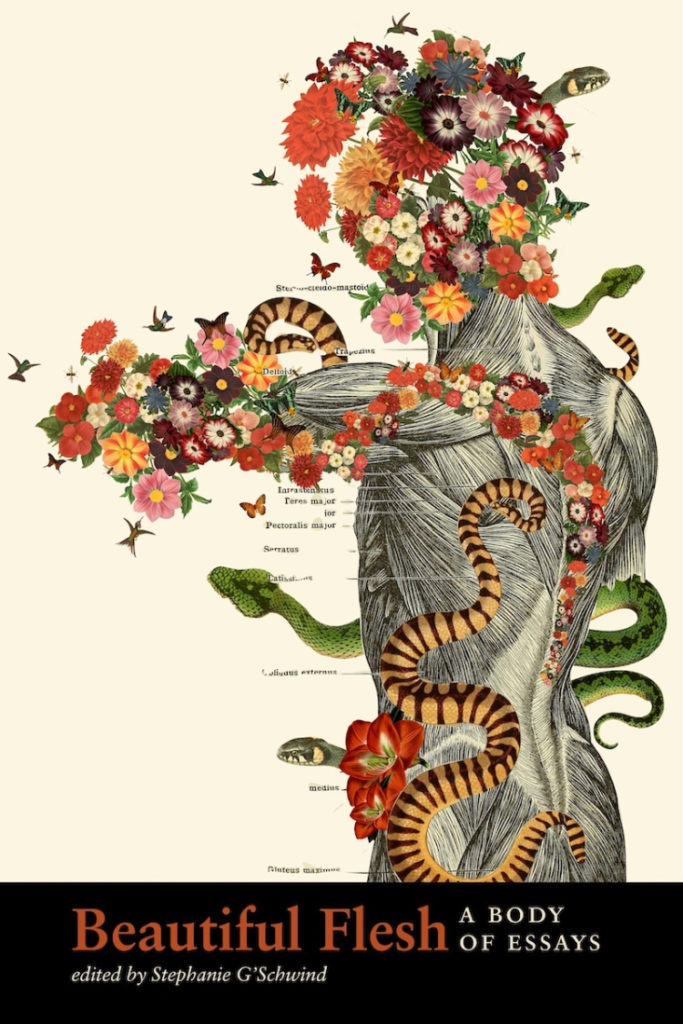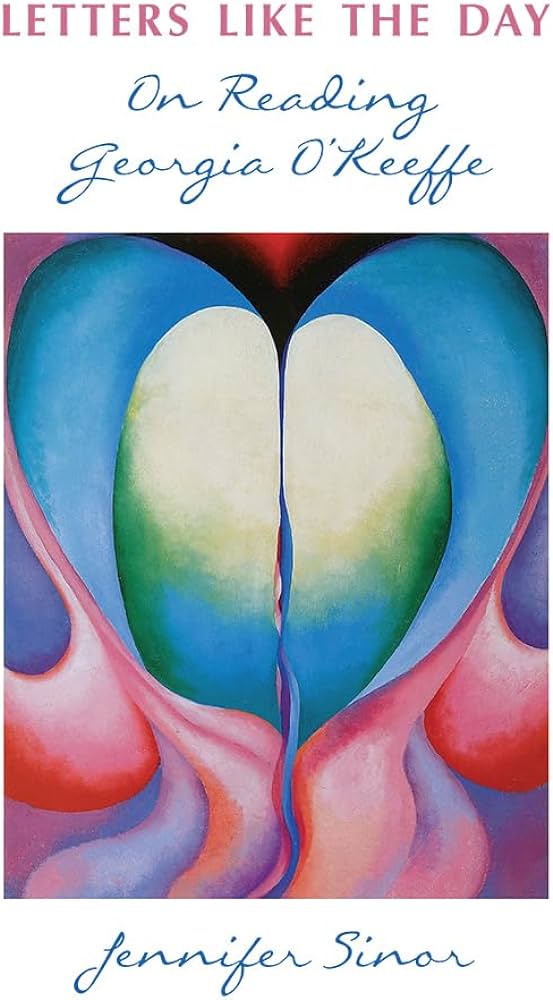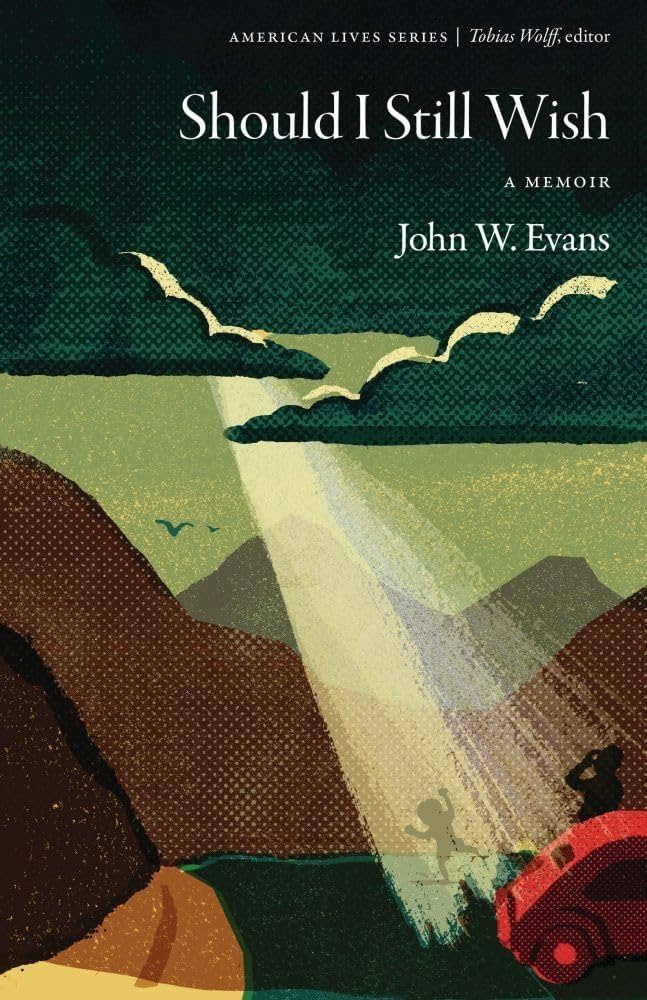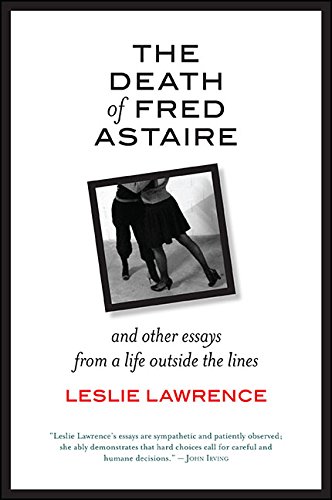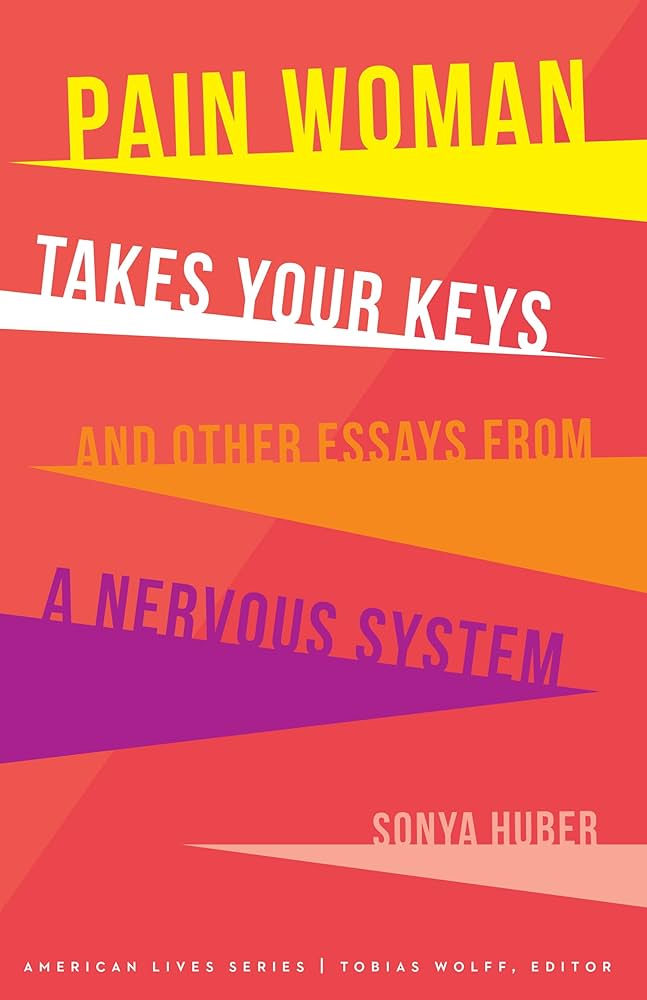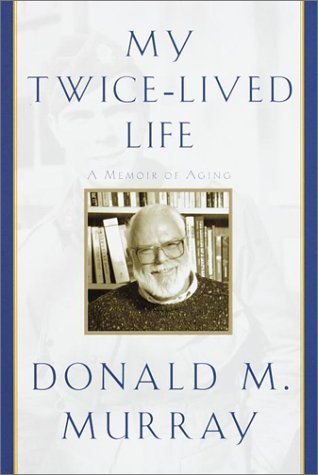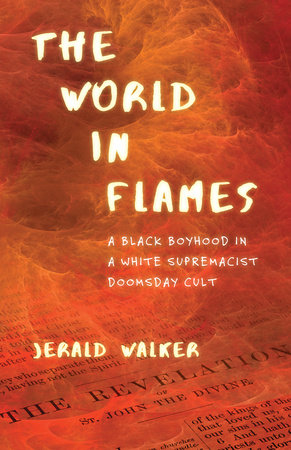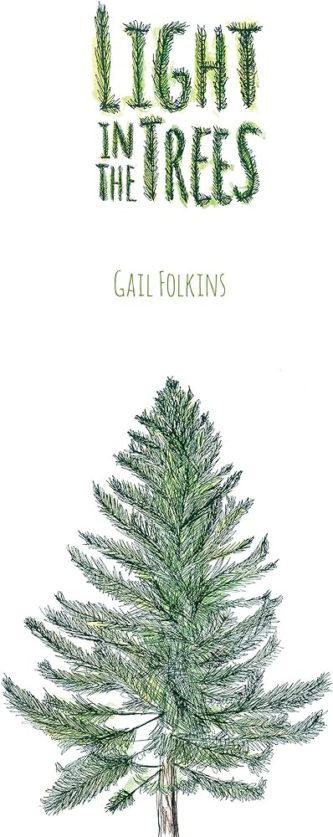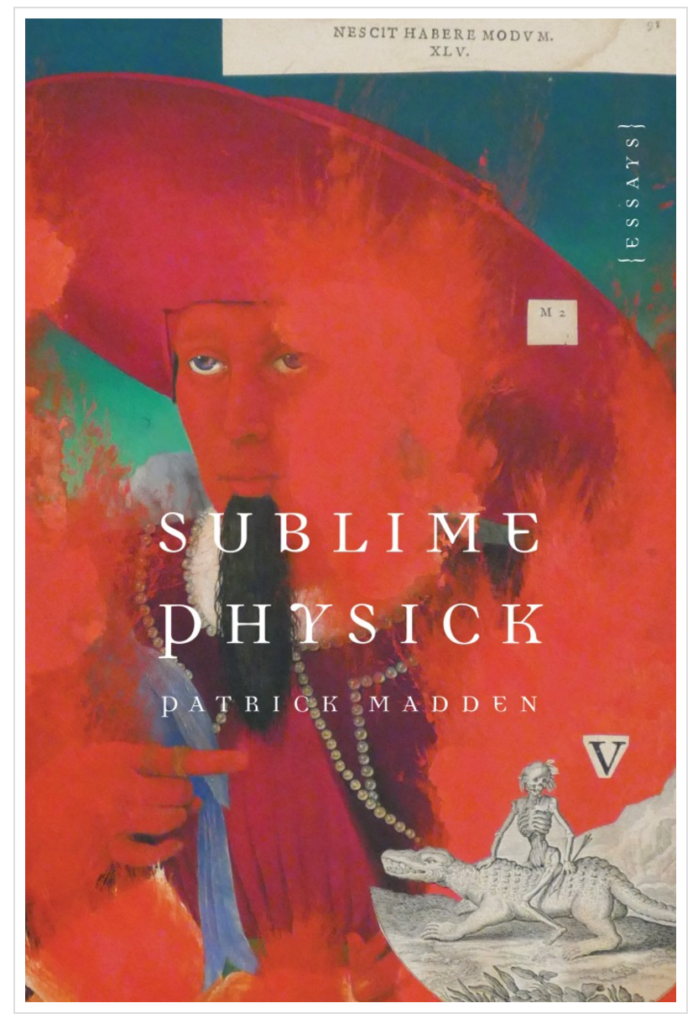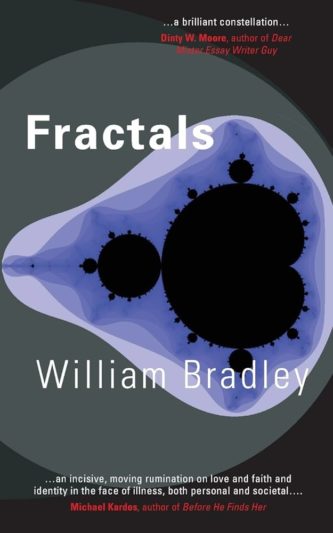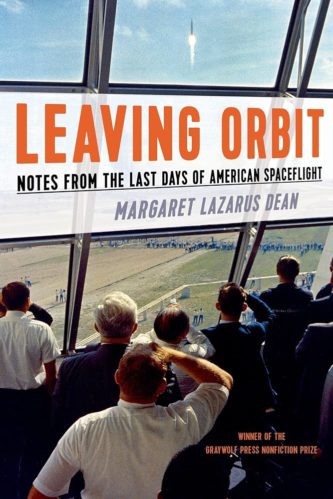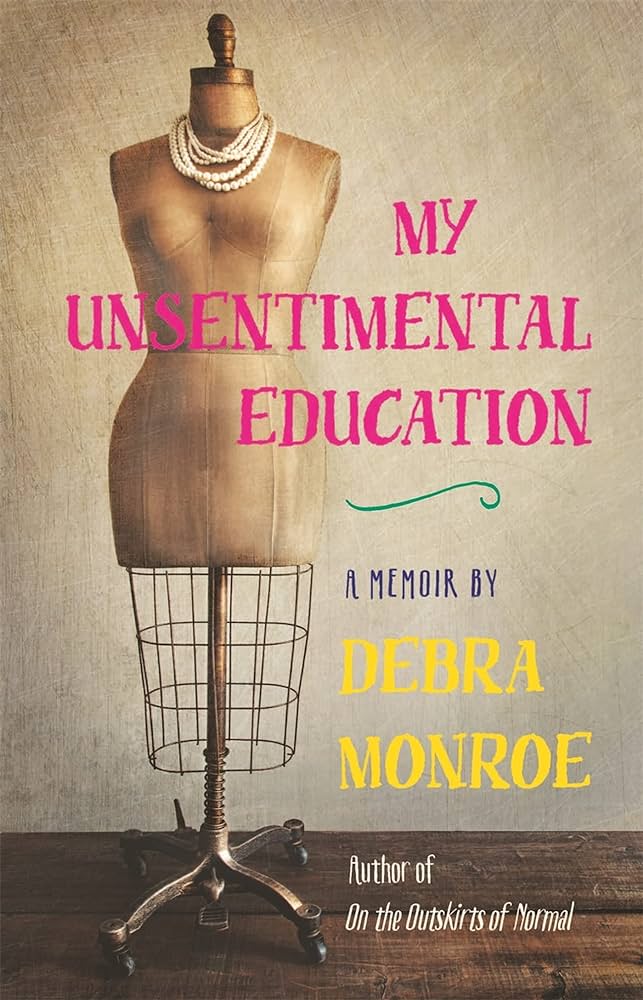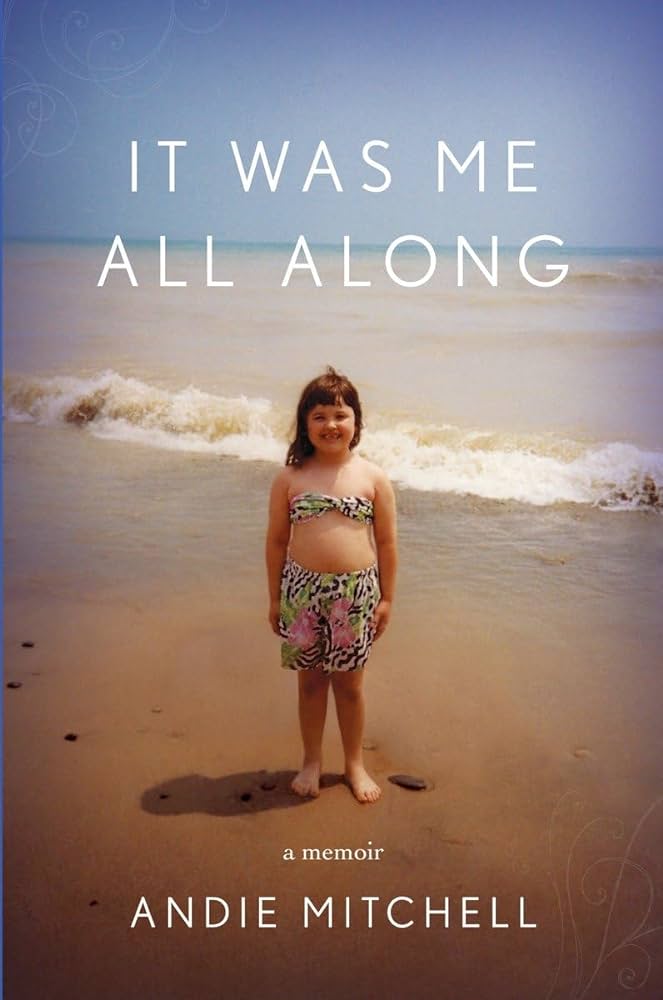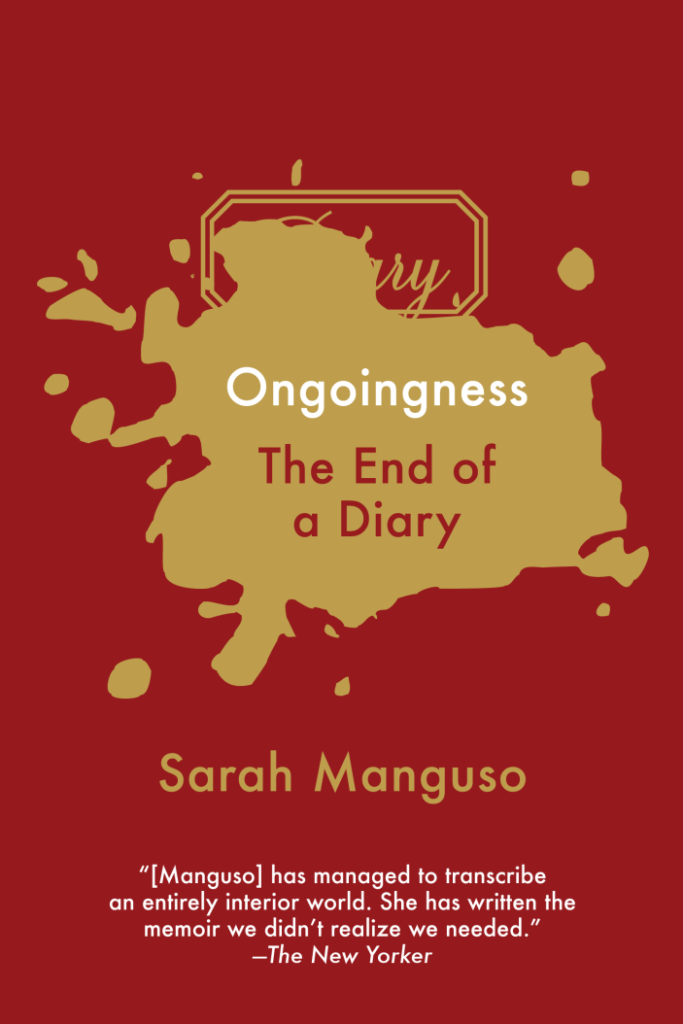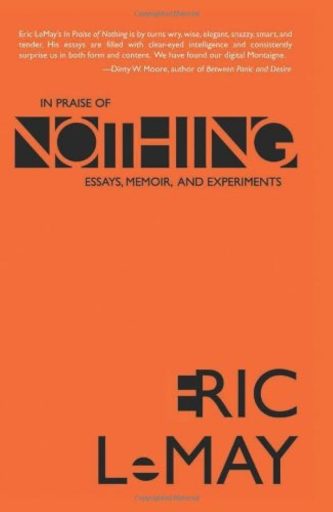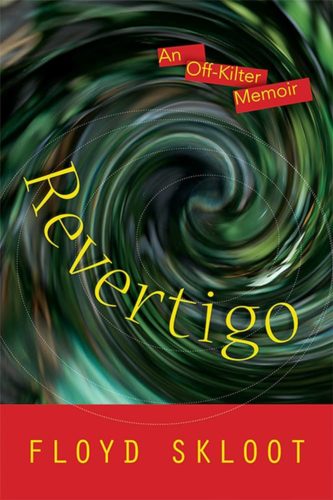By Jan Shoemaker
on You Feel So Mortal: Essays on the Body by Peggy Shinner
“I started my martial arts training on the day the Gulf War began,” Peggy Shinner recalls. It was a discipline she would go on to master and teach. Moving across the page in her essay collection, You Feel So Mortal, with the same agility she took to the polished wood of the dojo floor, Shinner explores the flesh and blood experience—hers and ours—of having a body.
Wryly, Shinner, a native of Chicago who teaches creative writing at Northwestern University, recalls her own experiences growing up female and Jewish: the rhinoplasty, “because it was expected,” almost a rite of passage for the middle-class girls among whom she grew up; the teenaged bra-fittings where she was “plumped and lifted” by a saleswoman with “a steel-plated bosom”; her single foray into shoplifting when, in her mid-twenties, she stole a jar of nutmeg to be transgressive because “apparently being a lesbian wasn’t transgressive enough,” in the free-wheeling 1970s, the decade in which she came of age and came out as gay.
From discovering her mother’s correspondence with the notorious but aging and imprisoned murderer, Nathan Leopold—of the infamous Leopold and Loeb—to scouting out a site for the eventual interment of her own body, to authorizing—and then facing the unsettling particulars of—her father’s autopsy, she engages us with story-telling that is starkly funny and tender but never sentimental. And because she is a deft essayist—capable of pushing that engine to full throttle—she presses intuitively and ambitiously beyond her own experience to explore the larger, often darker implications emanating from it.
Examining her fourteen-year-old face in the only remaining photograph of her pre-nose job years, which captures her looking “prematurely professorial,” Shinner wonders about the forces that pressured people in her Midwestern, mid-twentieth century community to erase what evidence they carried of Jewishness. Her own father changed the family name—Anglicizing it from Shinitzky to Shinner—and, though he was far from wealthy, paid readily for his daughter’s new, easier-to-assimilate-with “snub nose,” thereby improving, she says, the family “infrastructure.”
However, looking back at this procedure, which she does not regret, questions of identity emerge that lead her to examine some of the historical consequences of looking and being Jewish. Likewise, her own flirtation with shoplifting leads to an exploration of “kleptomania” as a peculiarly woman’s disease—incumbent on the frailty of female flesh. Tracing the narrative arc of theft as it reaches back to the turn of the last century, Shinner examines the fin-de-siècle medical theories that linked the compulsion to steal to “thwarted female sexuality”—that is—she snorts, to “uterine greed.”
She writes,
And the source of the kleptomaniac’s illness? Like hysterics, kleptomaniacs experienced physiological disorders linked to the womb. “Women with regular or difficult pregnancies . . . irregular cycles, menopause . . . were all considered prime candidates for the designation of kleptomania,” notes one historian. (Bad marriages, dead husbands, nervous conditions, ill health, and suicidal inclinations could also contribute.) With the emergence of the department store (two of the earliest were Le Bon Marche in Paris, 1838, and the Marble Place in New York, 1848, where Mary Todd Lincoln later racked up a bill of $27,000 in clothes), women who had assumed the role of primary consumers in society, roamed aisles laden with plush silks, ivory combs, linens, handkerchiefs, stockings, and camisoles and, held hostage by their miscreant uteri, unable to control their aberrant urges, slipped a little something under their skirts.
Caring for aging relatives, confronting her own vulnerability after a break-in, musing over the mystery of her father’s death and of death itself, Shinner considers not only the most pressing questions of our own time but questions that are timeless. How do we summon patience? How can we stay safe? How much should we, can we, give of ourselves?
As she seeks context for her own experiences, Shinner often turns to the divergent traditions of rabbinical and eastern philosophies that have so shaped her life. Alarmed when her partner opts for future cremation—a decision that highlights how much the responsibility of having a body extends even beyond death—she considers the rituals of the Japanese who cremate their dead. “They hold the hyoid bone, located near the larynx, in special reverence, because it’s said to resemble the Buddha in prayer; they place it in its own urn.” In addition, she pictures “the shores of the Ganges . . . aflame with the bodies of Hindus who, believing in the river’s redemptive powers, come to die on its banks.” But, she concludes, “Cremation is for other people . . . certainly not for Jews.” She recalls that in her parents’ home “cremation was regarded with equal measures of dismissal and disgust. It filtered down to me as a dictum, another one of those things, like hunting and thrift store shopping, that Jews reputedly don’t do.”
Turning, as well, to investigative journalism, film and the lives of its luminaries (to Milton Berle, for example, who “cut off [his] nose to spite [his] race”), and reflecting broadly on western society and the historical events that shaped it, Shinner explores what it means to inhabit a body in the sometimes fierce, sometimes forgiving world of natural forces, cultural norms, and human relationships. And because there are no corners—especially those in her own past and mind—into which she will not look, and because she shares what she discovers with such candor and wit, we follow her, fascinated, into every room.
In You Feel So Mortal Peggy Shinner invites us to walk with her as she explores what it is to be a daughter, lover, fighter, friend. What it is to be human—a lively mind to the body born.
You Feel So Mortal: Essays on the Body by Peggy Shinner
$22.00 Hardcover | $18.00 Digital | Buy Now | peggyshinner.com
Jan Shoemaker‘s essays have been published in many journals and magazines, among them: The Sun, Sufi Journal, Colorado Review, Fourth Genre, American Literary Review, and MAKE Magazine. She writes and teaches in Michigan and is a recent graduate of the Ashland University MFA Program.

